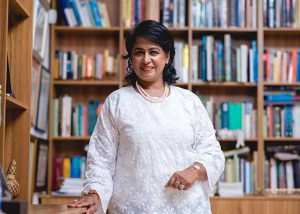BARCELONA, Spain, April 03, 2024 (GLOBE NEWSWIRE) — Barcelona Bridal Fashion Week (BBFW) 2024 is set to become one of the most outstanding editions to date, with 37 major brands taking the catwalk and over 400 firms participating in the trade show. The event, organized by Fira de Barcelona with the support of the Catalan Ministry of Business and Labor, has become a key meeting point for designers and professionals from the bridal fashion world.
With a 14% increase in the number of brands and a record figure of 80% of internationality with firms from more than 35 countries, BBFW 2024 promises to be a showcase of excellence and creativity in bridal fashion from April 17 to 21.
The Director of BBFW, Albasarí Caro, emphasizes the importance of an edition that will “bring together the most prestigious designers in the industry and transform Barcelona, more than ever, in the world epicenter for business and trends in the industry.”
In addition, the world–famous haute couture and ready–to–wear designer Giambattista Valli will be the star of the Barcelona Bridal Night with the presentation of his third “Love Collection” 2025, which will also be the first exclusively bridal fashion show in the firm’s history.
The show will also feature couture brands Zuhair Murad, Elie Saab, Stephane Rolland, or Viktor&Rolf, as well as other fully established international designers including Jenny Packham, Tony Ward or Ines Di Santo, joined for the first time in this edition by Georges Hobeika.
The event will open to the city with the Barcelona Goes Bridal! art installation, which will represent the cycle of the bridal fashion industry and will showcase dresses from local brands.
BBFW 2024 will not only focus on fashion and trends, but also on business, with an ambitious plan to attract key international buyers. More than 80 countries will be represented, with a large presence from key markets such as Europe, USA, Japan, South Korea and Latin America.
The Barcelona Bridal & Fashion Awards ceremony will round off the event recognizing the talent and creativity of designers, as well as their commitment to innovation, sustainability, and inclusivity in their collections.
Barcelona Bridal Fashion Week 2024 promises to be a celebration of excellence in bridal fashion, focusing on internationality, creativity, and business opportunities.
For media requests please contact:
Salvador Bilurbina
email: sbilurbina@firabarcelona.com
phone: +34628162674

GLOBENEWSWIRE (Distribution ID 1000932762)






